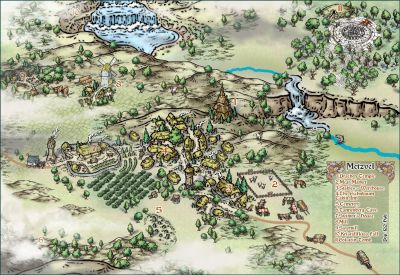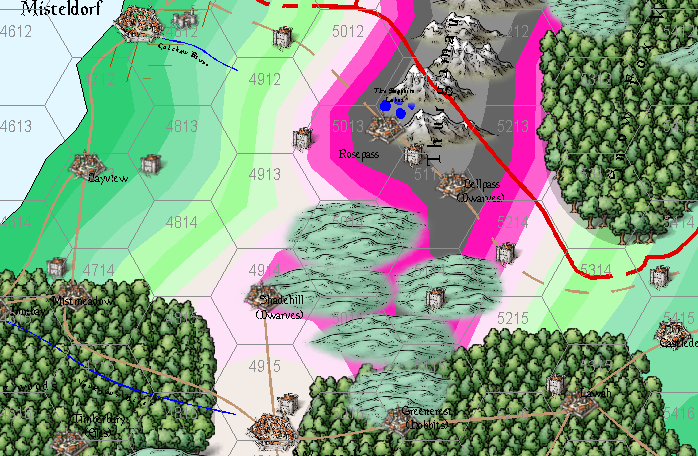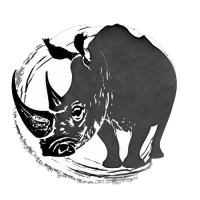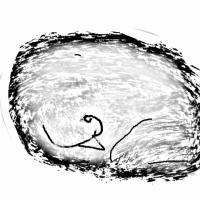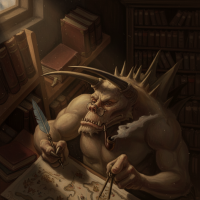
Monsen
Monsen
About
- Username
- Monsen
- Joined
- Visits
- 692
- Last Active
- Roles
- Administrator
- Points
- 8,940
- Birthday
- May 14, 1976
- Location
- Bergen, Norway
- Website
- https://atlas.monsen.cc
- Real Name
- Remy Monsen
- Rank
- Cartographer
- Badges
- 27
-
Building a world from scratch
Nice work so far.
I was looking at your .fcw files, and I noticed that some of the colors around your mountain regions were a very bright pink. I am suspecting this is not intentional and is due to you having an non-default palette installed. If this is the case, I recommend attaching the palette to the drawing so it follows the file instead of having it in your CC3+ data directory as a separate file affecting all maps. You can attach the palette from the :CC2PRESETS: dialog.
-
unsure what I've done to the border
Whenever you have issues like this, it is almost always something on the wrong sheet.
Sometimes the easiest way is to go through the sheets one by one.
If you issue the command
SAUTOHIDEONyou put CC3+ into only displaying one sheet at a time mode. You can then go to the next sheet with theSNEXTcommand or previous one usingSPREVcommand, or to a specified sheet by using theSSET SheetNamecommand.There is a small bug where the sheet indicator in the status bar says Common Sheet even if that is not the active sheet. Issuing a REDRAW command (or Ctrl +R) updates this to show the proper sheet.
Once you have identified what is wrong, which should be obvious when you work through the sheets like that, you can turn normal sheet display back on and show all sheets with
SHOWSHTF *. -
Can't see objects when moving, scaling, etc.
Which kind of object is it? Symbol, polygon? Does it happen in all map styles, or just in your current map? (Try starting a new map in a completely different style and test)
There is one specific quirk in CC3+ that makes this happen. The outline when moving is drawn using an XOR against the background. This basically means that the outline color always will be the exact opposite of the background behind it. But, if there are two entities stacked exactly on top of each other, then you get the reverse of the revers, which means it gets drawn the same as the background.
-
Ricko's Questions
To add on to Sue's answer, If you need several versions at different scales, you can clone a fill style definition by first picking the desired one to clone, then hitting the New button in the dialog, and give the clone a name. Now you have two versions of the same fill, which can be scaled independently. You can then make another drawing tool that uses the new version of the fill to have two drawing tools with the same fill at different scales.
-
recover old autosaves?
Autosave deliberately save to a separate file to make sure to not accidentally overwrite your actual map file with what is perhaps unwanted changes, for example when testing things.. This is how autosave works in most software. I guess a more correct name would be "recovery save" or something like that, but autosave has just stuck in most software as the common term. It is not a replacement for manual saves, just an extra layer of security, so yes, you should always manually save before exiting. (Personally, I have autosave on, but the dialog off, so it autosaves silently in the background, which is what most other software does by default)



